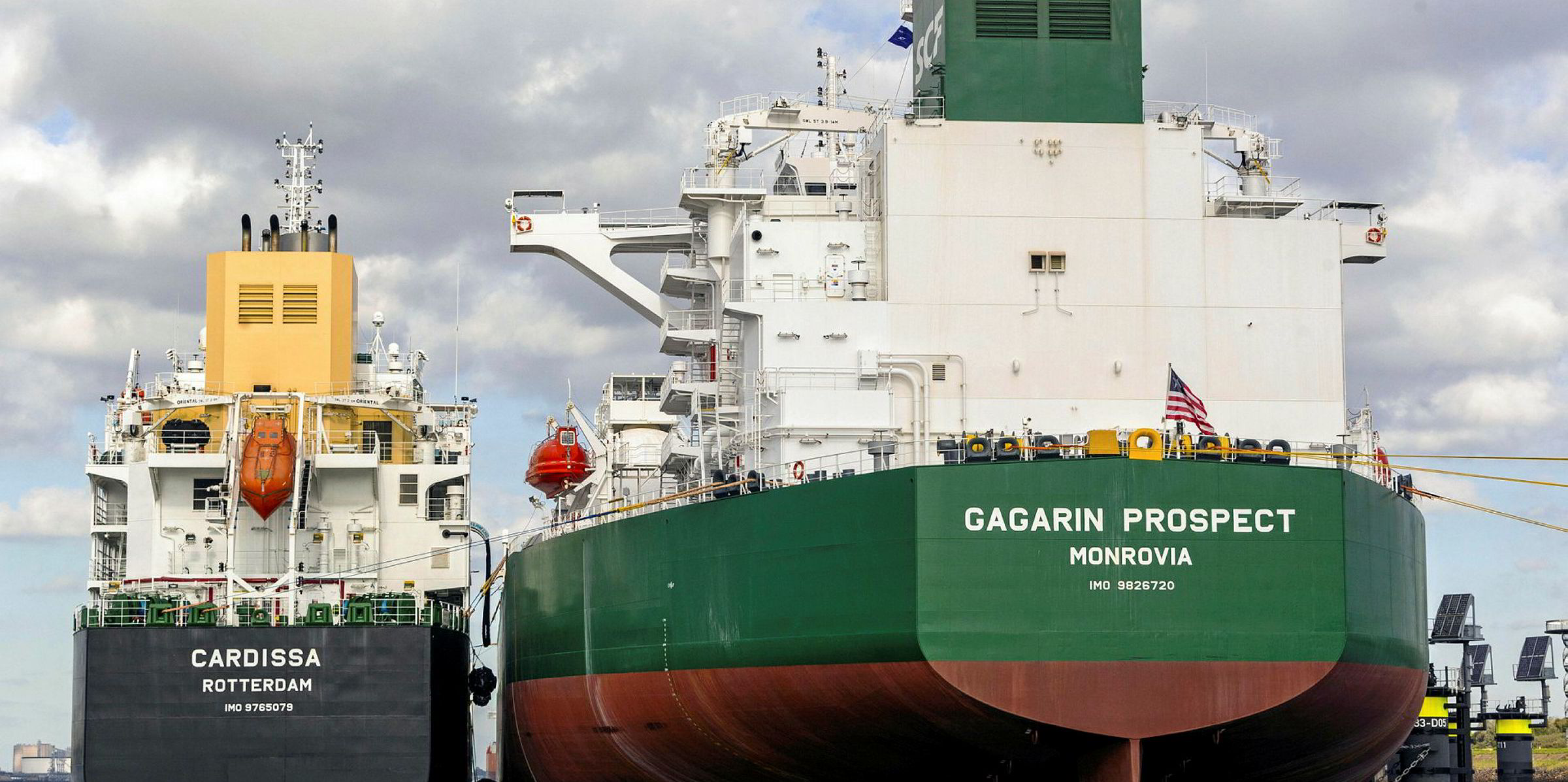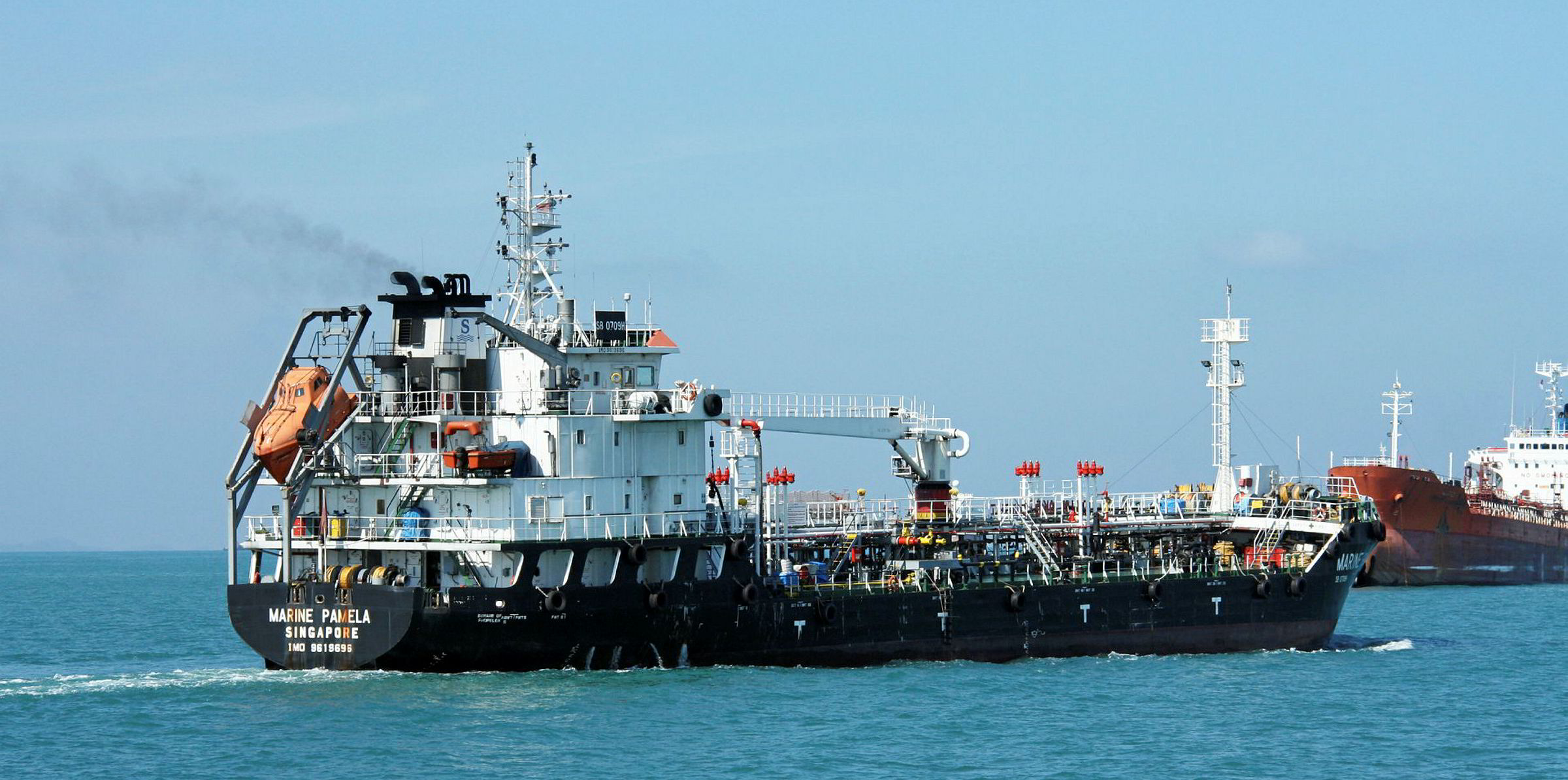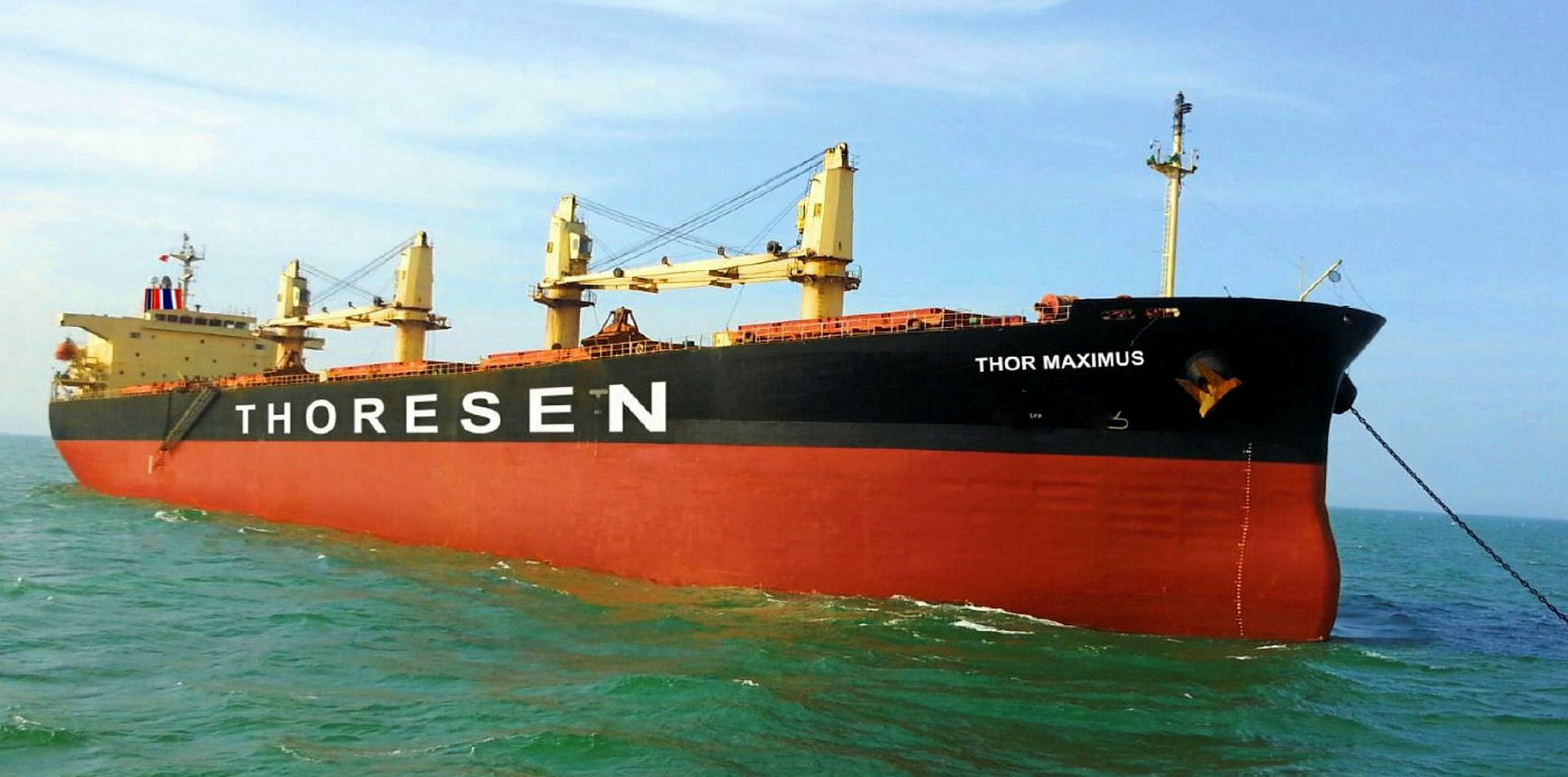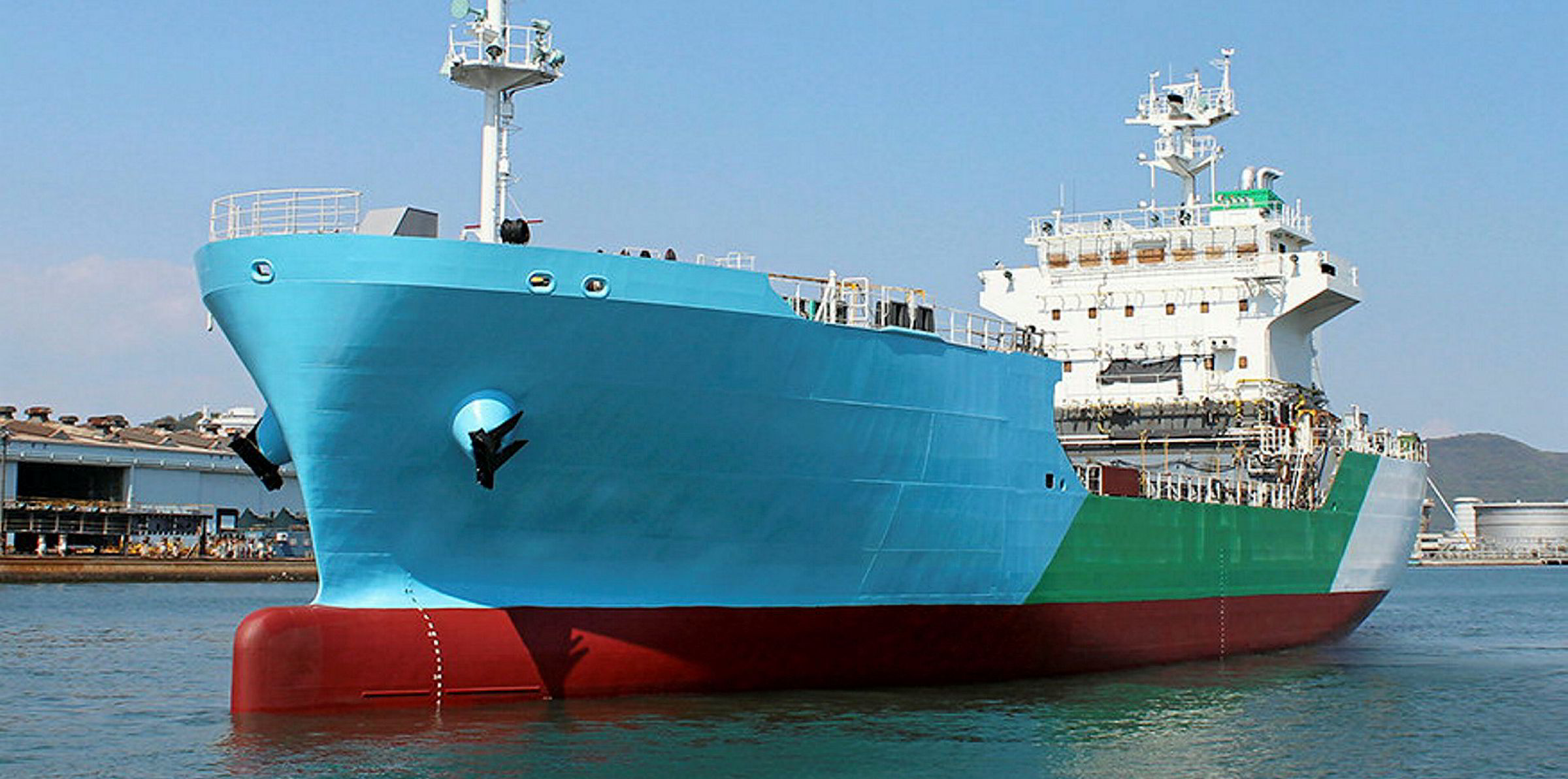Ensuring the quality of bunker fuel has become a more difficult task due to the combined effects of IMO 2020 and increased inventory, according to bunker sector experts.
The oil industry has long advised bunker players and shipowners not to store very low sulphur fuel oil (VLSFO) for long, with uncertainty over the new product’s shelf life.
But market participants suggested large quantities of fuel that comply with the IMO 2020 sulphur cap, for ships that do not have exhaust gas scrubbers, had entered storage in recent months in a soft demand and a contango environment, when spot prices are below forward prices.
According to Kpler, 22.9m barrels of the 0.5%-sulphur fuel were stored at sea globally for 30 days or more as of Friday, up from 15m barrels at the beginning of March.
Platts reported that Fujairah — the world’s second largest bunkering hub — saw its inventory of heavy distillates and residues, a large portion of which were marine fuels, reach a record high of 16.5m barrels as of 18 May.
Naeem Javaid, global operations manager of Lloyd's Register Fuel Oil Bunkering Analysis and Advisory Service, told TradeWinds: “We are starting to receive reports from ships facing difficulties in using fuels after being in storage for [a] couple of months and more.”
In a few cases, quality issues occurred after the fuels were stored on ships for just a few weeks, he added.
Troubles with the newbie
The IMO has required all vessels to switch to VLSFO or marine gasoil (MGO) from high-sulphur fuel oil (HSFO) since January, unless they are fitted with scrubbers.
Shipowners generally can use MGO or HSFO stored for 12 months or more without quality issues, according to fuel surveyors, citing past samples.
But VLSFO can be produced via straight-run and various blending processes and have different characteristics accordingly.
“There are very few straight run fuels in the market,” said Charlotte Rojgaard, global head of Bureau Veritas Marine Fuel Services. “Blended products have a higher risk of instability, although the majority of the blended fuels are stable.”
Javaid said VLSFO tends to have “a lower tolerance to longer term storage and internal stability … are limited to [a] few months”.
But he also suggested it would be hard to provide a general guideline on the new fuel’s shelf life, with the limited amount of test samples.
“Of the little experience, data and feedback from ships we have to draw from, [and] the wide variability of these fuels, we can well expect these fuels to be very different in their storage time capabilities,” Javaid said.
Storage at sea
More complications could arise from the large use of floating storage.
With the same ambient and storage conditions, such as a constant temperature, the shelf life of VLSFO stored onshore and at sea should theoretically not differ from each other.
“As long as the vessel stays in the same location [and avoids] frequent temperature changes, and as long as the vessel maintains a good household, there shouldn’t be a difference,” Rojgaard said.
But Javaid warned that products in floating storage on ships have “comparatively limited flexibility” in terms of any treatment that may be required.
“Onshore storage has more control on products and more ways of treating the products,” he added.
In any case, shipowners are urged to be more cautious if they need to consume VLSFO that has been stored for a long period.
“It is advisable to check the stability of the fuel through,” said Rojgaard, recommending the use of so-called Total Sediment Accelerated and Total Sediment Potential testing methods before consumption of the bunkers.








